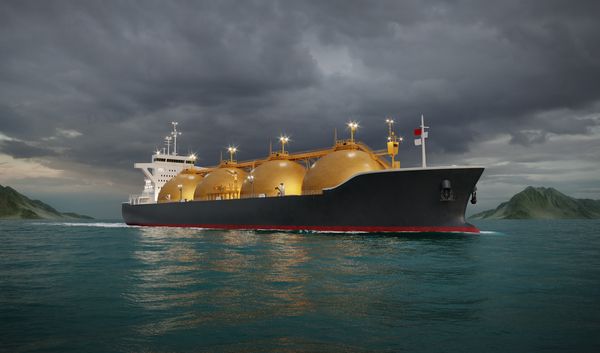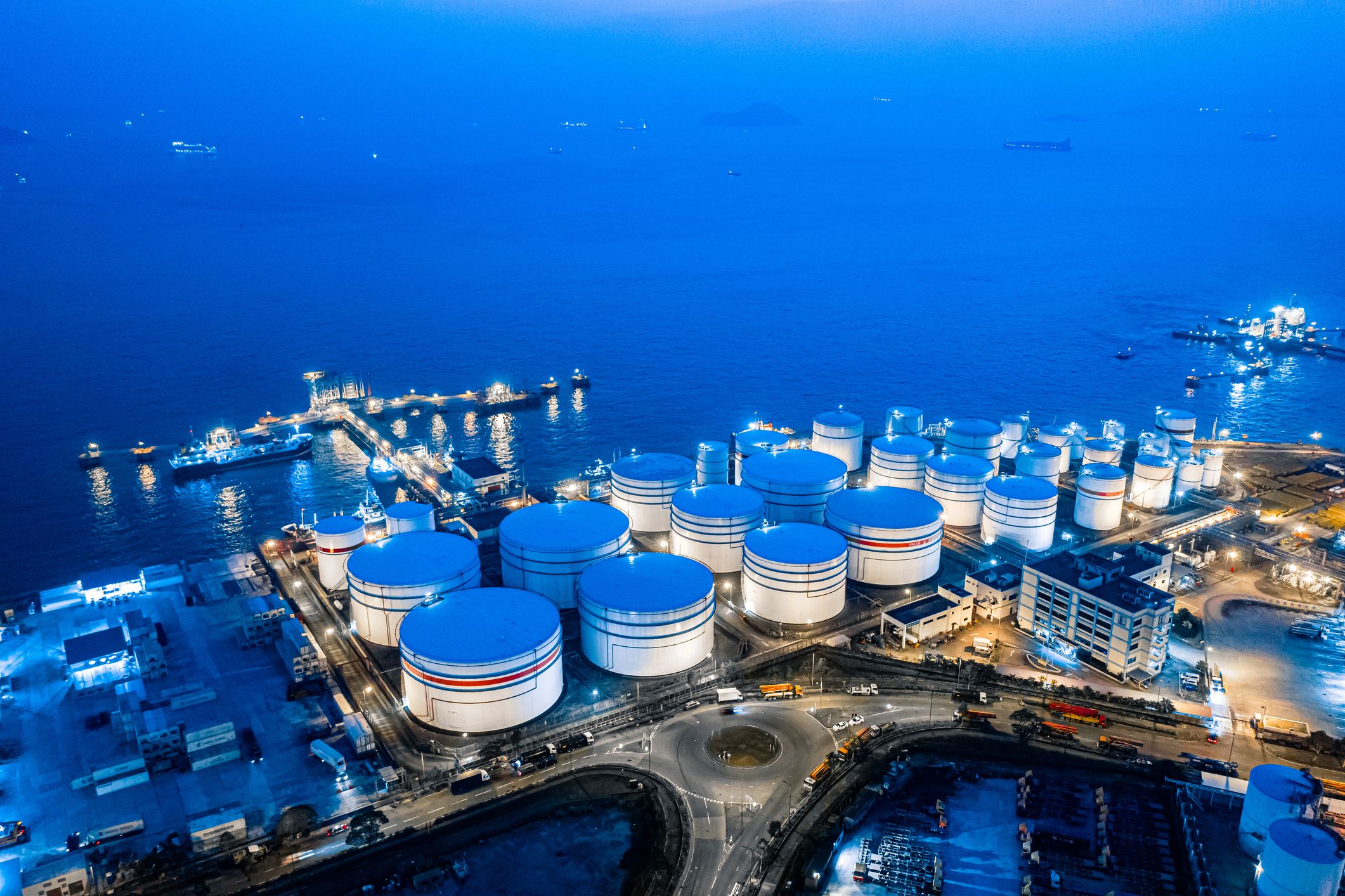It took a special kind of crazy to invest in Cheniere Energy (LNG +1.27%) a decade ago. The company had a dying liquefied natural gas (LNG) import facility and a pile of debt that made the stock almost toxic. The company elected to make the risky pivot to LNG exports at a time when the idea of exporting gas seemed like a pipe dream. There was no such thing as American energy exports back then, let alone a blueprint for building wildly expensive LNG facilities.
Yet, it all worked out. The stock has delivered 2,200% gains in the last decade. Even if investors jump forward a few years to flush out the impact of the Great Recession from the stock's return, Cheniere Energy stock still has gained almost 600% since the beginning of 2012. The company boasts a market cap of over $15 billion today and continues to defy expectations.
Perhaps more important for individual investors, Cheniere Energy proved that there is indeed a huge potential for LNG exports from the United States. And that's exactly what creates so much intrigue around Tellurian (TELL +0.00%) and NextDecade (NEXT 0.27%). While they're worth only a combined $2.3 billion today and have no operations to speak of, each has plans to bring its own massive LNG export terminal online in the mid-2020s. Can these small-cap stocks become the next big thing in American energy exports?

Image source: Getty Images.
A long way to go, but the potential is huge
Today, Cheniere Energy dominates the American LNG scene with two export terminals: Sabine Pass (started up in 2016) and Corpus Christi (coming online in 2019). Both will be expanded over the next several years to guarantee that the company remains a key player in the domestic industry for decades to come. They'll play a key role boosting the United States' total export capacity to around 10 billion cubic feet per day (Bcf/d) in 2020 -- good enough for third place globally.
However, there are dozens of new facilities being conjured up, proposed, built, and put into production. As of this writing, the Federal Energy Regulatory Commission (FERC) is reviewing 13 applications for new LNG export terminals representing 23.6 Bcf/d of capacity. The two largest facilities on the list are Driftwood LNG (Tellurian) and Rio Grande LNG (NextDecade). Here's how they compare to the more mature facilities from Cheniere Energy.
|
LNG Export Facility |
Production Capacity |
Start Date |
Upcoming Events |
|---|---|---|---|
|
Sabine Pass |
2.8 Bcf/d (operating) 1.4 Bcf/d (under construction) |
2016 |
Fifth production unit to enter service in 2019 |
|
Corpus Christi |
2.14 Bcf/d (under construction) |
2019 |
First two production units enter service in 2019 |
|
Driftwood LNG |
4.0 Bcf/d (proposed) |
2023 (expected) |
Final environmental impact statement (EIS) in January 2019, construction begins 1H 2019 |
|
Rio Grande LNG |
3.6 Bcf/d (proposed) |
2023 (expected) |
Final EIS in April 2019, final investment decision in 2019 |
Data sources: FERC, Cheniere Energy, Driftwood LNG, Rio Grande LNG.
The table above makes two things immediately clear to individual investors. First, both Driftwood LNG and Rio Grande LNG will be significant projects. Second, a lot of patience will be required to see the projects through.
Tellurian, which expects to own 40% of Driftwood LNG when the dust settles, has been quarterbacking the project through planning, debt structuring, and regulatory filings. The complete project actually goes further than just the $15 billion export facility. It also includes nearly 1.4 trillion cubic feet of gas resources in the Haynesville shale, plans to acquire up to 15 trillion cubic feet of natural gas reserves, and three pipelines worth a combined $7 billion capable of pulling gas from the Permian Basin, Haynesville shale, and the Appalachian region. The diverse gas supply should provide significant economic flexibility to the LNG export facility.
Thanks to exceptional planning, the company hasn't been shy about discussing the financial potential of its massive project. Although a lot of numbers can change between now and when operations begin in 2023, Tellurian expects its equity stake to eventually generate $2 billion in cash flow per year at current natural gas prices. The current market cap of the business is $1.7 billion.

Image source: Getty Images.
By comparison, NextDecade boasts a market cap of $500 million, likely because there's more uncertainty regarding the company's Rio Grande LNG project. The company hasn't disclosed financial expectations for the project just yet. In fact, it can't do so until it commits to a construction partner. It likely will be necessary to complete that step before the business can announce take-or-pay contracts and begin signing up equity partners.
In other words, the company's current market cap may look appetizing relative to the size of the LNG export terminal, but with scant details right now and looming uncertainty on multiple fronts, NextDecade stock amounts to a risky bet on American LNG.
Investors can expect an action-packed 2019
After spending years getting the boring details of equity partnerships, debt offerings, and regulatory applications organized, Tellurian and NextDecade have a lot of potential catalysts on the way in 2019.
Driftwood LNG should receive its final EIS in January 2019, which would prompt a final investment decision and allow for construction to begin on the export terminal. Additional updates on the project's pipelines, natural gas reserves, and supply agreements could further weigh on the stock. Similarly, Rio Grande LNG expects to receive a final EIS in April 2019, which would prompt a final investment decision in July 2019. However, investors are still waiting for a contractor to be selected to build the export terminal, which has likely also held up talks with equity partners (to de-risk the project) and customers.
For better or for worse, investors can expect a wild, action-packed year ahead.







